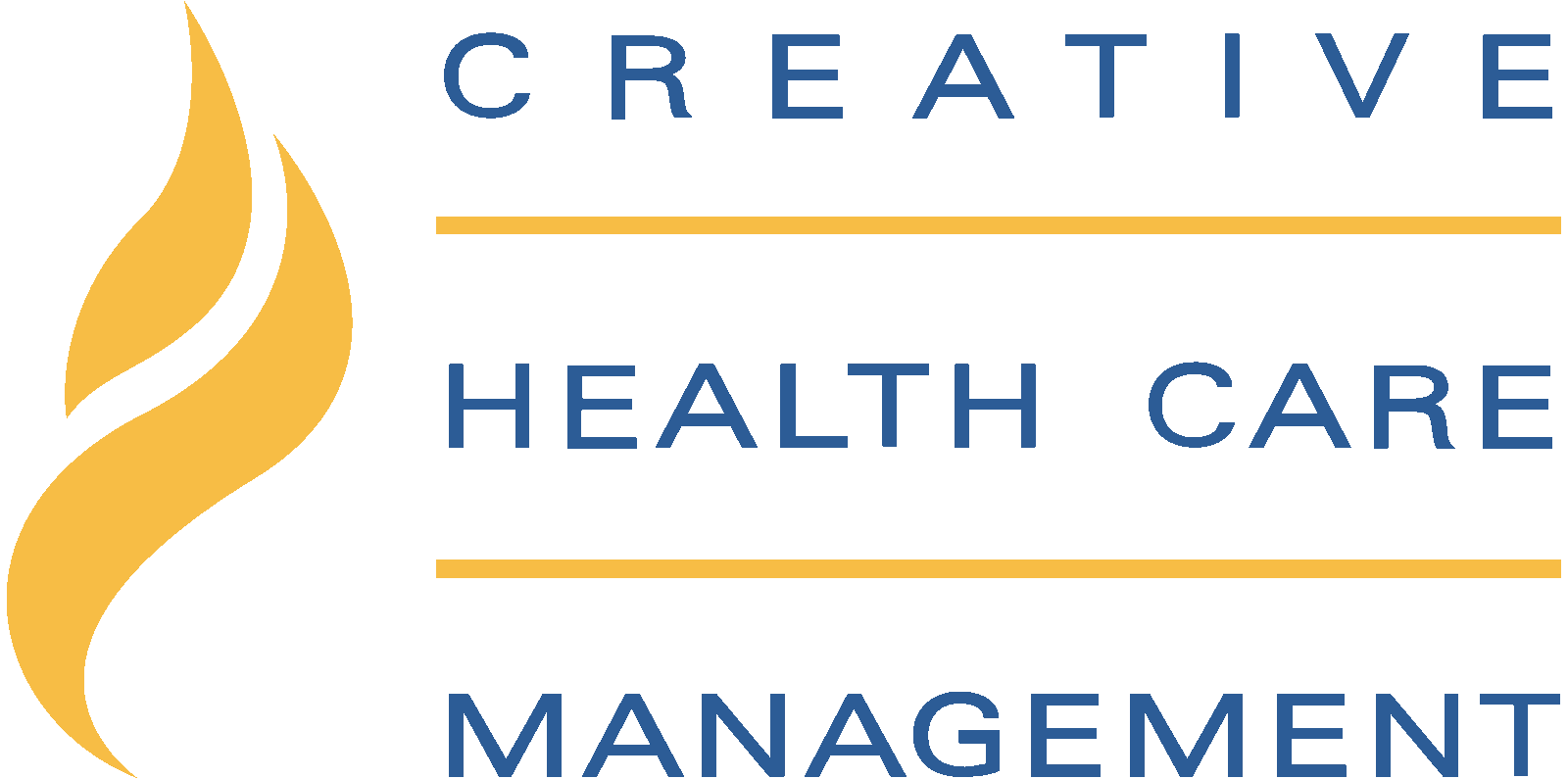Do you know the difference between a hospital with Magnet® designation and one that has achieved the Pathway to Excellence® designation? Many nurses and healthcare administrators have heard of these prestigious recognition programs, but seek to have a better understanding of what they are designed to accomplish.
In this blog post, we’ll delve into the distinctions between Magnet hospitals and those with Pathway to Excellence designations, helping you better understand which is best for your facility — in terms of both patient care outcomes, employee retention, and recruitment potential.

What Is a Magnet Hospital?
Magnet is a much sought-after designation for hospitals and healthcare centers prioritizing nursing excellence. The American Nurses Credentialing Center (ANCC) established its Magnet Recognition Program® to recognize those healthcare facilities and centers that have achieved extraordinary levels in improving patient outcomes, providing exceptional healthcare, and achieving exemplary collaboration among the nursing staff.
Hospitals with Magnet status are held to the highest standard regarding the quality of the nursing practice environment and service, setting the bar for exemplary care. Earning this prestigious honor reflects a hospital’s ability to create a positive practice environment and provide quality care, making Magnet recognition an invaluable asset for nurses and patients worldwide.
Approximately 9% of hospitals in the United States have achieved Magnet, making it a respected and sought-after symbol of excellence that only a select few can claim.
How To Achieve Magnet Designation
If you are considering pursuing Magnet status for your healthcare facility, there are five essential elements or Model Components that the ANCC requires for success.
1. Transformational Leadership
Transformational leadership fosters an atmosphere in which collaboration, problem-solving, creativity, and innovation can thrive. Leaders must actively seek ways to create meaningful conversations and set the tone to promote a values-driven culture of trust.
Nurse leaders, in fact all hospital leaders, must be the catalyst for change, encouraging each department to play its role in achieving a successful transformation. They listen carefully, question effectively, influence positively, and affirm when appropriate as the organization progresses toward its future objectives.
2. Structural Empowerment
Establishing a systematic structure is essential to ensure that an organization runs smoothly. An efficient way to foster structural empowerment is to educate nurses and decentralize decision-making processes.
Additionally, an effective organizational structure must also enable nursing staff to be innovative and actively operationalize the hospital’s mission statement, vision, and values. Decision-making processes must involve nurses for all personnel to remain committed to and invested in the organization.
The component of Structural Empowerment looks at the following:
- Teaching and Role Development
- Community Involvement
- Recognition of Nursing
- Professional Development
3. Exemplary Professional Practice
This component looks at the following criteria to assess an organization’s commitment to nurse leadership development and professional practice:
- Professional Practice including Care Delivery Systems
- Consultation and Resources
- Autonomy, Competence and Accountability
- Culture of Safety
- Interdisciplinary Care and Relationships
- Quality Care
Magnet hospitals are renowned for their exceptional nursing teams, who understand the role of nurses and their various applications in patient care. They possess a deep appreciation for family members, community relationships, family centered care and multi-disciplinary working environments.
4. New Knowledge, Innovations & Improvements
To be awarded Magnet recognition, an organization must demonstrate a clear commitment to advancing nursing as an intellectual discipline. They conduct and disseminate nursing research as well as evidence-based practice. This includes redesigning systems and models of care with evidence-based information as well as technology, to stay ahead of the curve and contribute to new knowledge development, innovations, and improvements within the nursing profession.
5. Empirical Outcomes
The American Nurses Credentialing Center recognizes healthcare organizations that adhere to the first four key areas generally experience positive results. By examining these facts and figures, Magnet organizations can track their progress toward success. Furthermore, they are able to present data demonstrating their impact on patient outcomes. Magnet hospitals exceed national benchmarks in nurse satisfaction, patient outcomes, and patient satisfaction.
Additional quantitative improvement results can be seen through readmission rates, mortality rates, financial metrics, and other metrics.
Benefits of Being a Magnet Hospital
For patients, staff, and the organization, there are numerous benefits to earning Magnet recognition. If you are considering applying for Magnet, here are some of the most important benefits you should consider.
For Hospitals
An article released by JONA outlined the economic benefit of becoming a Magnet hospital. On average, Magnet hospitals experienced an impressive net increase inpatient income of $104.22-$127.05 per discharge after becoming Magnet—translating to $1,229,770—$1,263,926 in additional income per year.
A strong and positive brand reputation also will prove attractive to locals looking for where to turn for their medical needs.
For Nurses
Nurses who work at Magnet hospitals are more committed to their jobs, which leads to better patient outcomes according to an article titled, The Business Case for Magnet® Designation. Further, these facilities experience fewer patient safety-related incidents, fewer workplace injuries, and reduced blood or body fluid exposure rates.
According to the same article nurses in Magnet hospitals display a higher level of job satisfaction and express a greater desire to remain in their current position. As a result, these institutions boast lower turnover rates than that observed across the entire the nursing and health care industry.
For Patients
Magnet hospitals are 16% more likely to have satisfied patients than non-Magnet organizations.
Even more impressive, Mgnet facilities have been proven to have lower mortality rates and improved health outcomes due to increased nurse engagement and their set of high-quality standards for health care itself.
Eligibility Requirements
Not all hospitals or health care organizations can apply for Magnet designation. Following is a list of basic requirements that need to be met.
Entity
To qualify for the program, the applying organization must be affiliated with or a part of a healthcare institution.
Nursing Leadership
To be eligible for the applicant organization, nursing settings must have a single governing authority and an individual taking on the responsibility of Chief Nursing Officer (CNO). The CNO is accountable for preserving the highest standards in all areas where nurses work.
The CNO oversees the nursing practice in various healthcare settings, from hospitals and long-term care facilities to ambulatory clinics. They ensure standards sustained excellence are upheld across areas while providing quality care at further reaches like Home Care Nursing and Dialysis Services.
The CNO must have a seat at the table with the applicant organization’s highest governing body, exercising their decision-making power and contributing to strategic planning.
Educational Eligibility Criteria (at the time of application)
Certain educational requirements of nurse leaders must be met for the organization to apply for Magnet recognition.
- Chief Nursing Officer: A master’s degree or higher throughout the entire application and review process. If their master’s degree is not in nursing, their bachelor’s or a doctoral degree must be in nursing.
- Nurse Leaders: 100% of Nurse leaders must have at least a bachelor’s or graduate degree in nursing.
Validation
The CNO must sign an attestation that all nurse leaders meet the eligibility requirement upon submission. The education requirements must be maintained throughout the application period and designation. The requirement is applicable for interim nursing leadership positions as well.
Protected Feedback Procedures
Organizational applicants must have policies and procedures that not only allow but also encourage nurses to speak up about any concerns regarding their professional practice environment without fear of retribution.
Regulatory Compliance
Organizations must adhere to federal laws and regulatory requirements governing the workplace for nurses and patients in their workplace. Failure to comply can lead institutions that have earned Magnet to risk being revoked or disallowed from applying again for one year.
Data Collection
To receive Magnet designation, applicants must collect nurse-sensitive quality indicators at the unit level and submit this data to a national database. This supports obtaining comparison data that will be useful for improvement in the various unit and organization as a whole.
Organizations who meet the ANCC stringent requirements receive the right to claim their Magnet designation status for four years.

What Is the Pathway to Excellence Program?
The second American Nurses Credentialing Center (ANCC) international recognition is their Pathway to Excellence Program (PTE), which recognizes organizations that strive for creating a supportive and nurturing organizational culture and healthy work environments where nurses can maximize their potential. Pathway-designated organizations are considered some of the best workplaces for nursing professionals due to high levels of nurse satisfaction and retention rates.
Positive practice environments are the focus of the Pathway program, encouraging a culture of collaboration and support that allows nurses to thrive in their roles. This designation sets organizations apart from other healthcare centers by providing them with recognition for providing quality nursing care and an exceptional environment for employees.
How To Achieve Pathway to Excellence
Like the Magnet Recognition Program®, there are six standards that must be met for an organization to receive pathway designation.
- Shared decision-making: Organizations empower direct care nurses to foster meaningful relationships, work closely together as a team, speak up with their thoughts and opinions, and be part of the decision-making process.
- Leadership: Creating a leadership environment ensures that directors are accessible and encourages collaborative decision-making. This standard promotes the growth of leaders, while simultaneously instituting onboarding protocols, retention strategies, responsibility measures, and succession planning efforts to ensure success in your organization’s future endeavors.
- Safety: This standard not only safeguards both patients and nurses, but also cultivates a respectful culture devoid of any type of incivility, bullying, or violence.
- Quality: Organizations must strive to strike a balance of evidence-based, person-centered care and continuous improvement that is capable of advancing population health outcomes. It’s this model that underpins their mission, vision, goals, and values.
- Well-being: Recognition and support of nurses and healthcare providers are integral to creating a healthy workplace culture. This standard provides staff with the necessary resources to maintain their physical, mental, and emotional well-being while playing an important role in providing quality care services.
- Professional development: Ensuring that nurses are equipped with the skills and knowledge necessary to provide care, this program provides mentoring, support, and ongoing education opportunities.
Benefits of Achieving the Pathway to Excellence
Obtaining Pathway designation helps organizations expand nurse satisfaction, and in turn, upgrade patient care. Moreover, organizations must demonstrate that they provide a positive work atmosphere, create positive practice environments, secure competent nursing staff & leaders, nurture interprofessional collaboration and cooperation, promote first-rate nursing practice, and support business growth.
By achieving the Pathway to Excellence designation, organizations are in a strong position to draw in competent staff and craft an environment based on respect and team effort that can put them ahead of their competitors. Moreover, this recognition helps set businesses apart from others but it also presents development opportunities as they must frequently assess and refine their work settings for them to remain designated.
Conclusion
For any healthcare facility looking to gain a distinguished designation, exploring the qualities of both Magnet status and Pathway to Excellence could provide invaluable insight into which criteria best suit their needs.
Regardless of which program an organization chooses to pursue, both offer an unparalleled standard of care with maximum recruitment potential — two essential elements helping practitioners make well-informed decisions for ultimately achieving top standards in patient satisfaction and outcomes.
CHCM helps facilities and organizations navigate this process, providing personalized guidance and resources to ensure hospitals can achieve the highest level of recognition. Contact us today to learn more about what we have to offer!
MAGNET®, Magnet Recognition Program®, ANCC Magnet Recognition®, Journey to Magnet Excellence®, Pathway to Excellence® Program, Pathway to Excellence in Long Term Care®, Demographic Data Collection Tool®, DDCT®, Practice Transition Accreditation Program® (PTAP) are registered trademarks of the American Nurses Credentialing Center (ANCC). The products and services of Creative Health Care Management are neither sponsored nor endorsed by ANCC. All rights reserved. The content presented in here is the expressed opinion of the author/presenter and not that of the American Nurses Credentialing Center (ANCC).
Sources:
https://www.snhu.edu/about-us/newsroom/health/what-is-a-magnet-hospital
https://www.nursingworld.org/organizational-programs/magnet/magnet-model/
https://www.incrediblehealth.com/blog/magnet-hospitals/
https://www.wolterskluwer.com/en/expert-insights/history-of-the-magnet-recognition-program
https://onlinenursing.duq.edu/blog/what-is-a-magnet-hospital/
https://www.nursingworld.org/organizational-programs/magnet/
https://www.nursingworld.org/organizational-programs/pathway/





